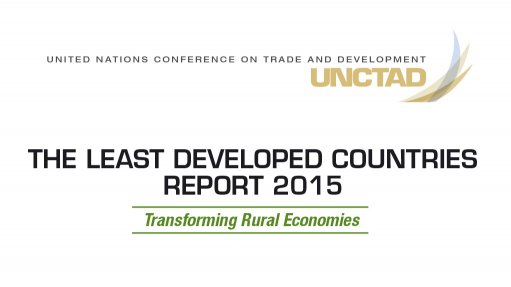
The headline of the newly adopted 2030 Agenda for Sustainable Development and Sustainable Development Goals (SDGs) is a global commitment to eradicate poverty by 2030. Nearly half the population of the 48 least developed countries (LDCs) – some 400 million people – remain in extreme poverty, compared with less than a quarter in any other developing country.
The LDCs are thus the battleground on which the 2030 Agenda will be won or lost. This is where shortfalls from the SDG targets are greatest, where improvement has been slowest, and where the barriers to further progress are highest.
Rural development will be central to the quantum leap in the rate of progress required for LDCs to achieve the SDGs. More than two thirds of people in LDCs live in rural areas, where poverty is also most widespread and deepest, and infrastructure and social provision most lacking. Rural development is essential, not only to poverty eradication, employment generation and economic development, but also to sustainable urbanization.
UNCTAD’s Least Developed Countries Report 2015 therefore focuses on the transformation of rural economies. Assessing LDCs’ progress in agricultural productivity, the extent and nature of their rural economic diversification, and gender issues in rural transformation, it shows that:
- Agricultural productivity began to increase in LDCs in 2000, following decades of stagnation or decline, but has risen strongly only in Asian LDCs.
- Rural economic diversification varies widely between LDCs, but only a few have passed beyond the stage in which non-farm activities are centred on agriculture and urban linkages are limited.
- Women comprise half the rural workforce in LDCs, but face serious constraints on realizing their productive potential, slowing rural transformation.
The 2030 Agenda both highlights the need and provides the opportunity for a new approach to rural development centred on poverty-oriented structural transformation (POST), to generate higher incomes backed by higher productivity. In rural areas, this means upgrading agriculture, developing viable non-farm activities, and fully exploiting the synergies between the two, through appropriately designed and sequenced efforts to achieve the SDGs.